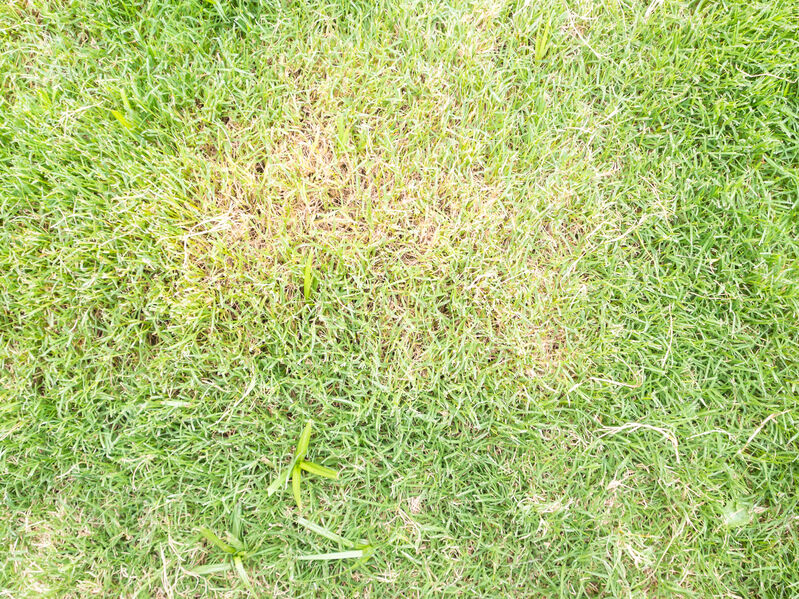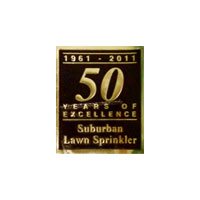
Maintaining a healthy lawn is hard work. Whether it’s being suffocated by a few feet of snow or baking in the summer sun, your grass needs your help to stay rich in nutrients and to grow into a beautiful green lawn.
Here are some solutions to your most common lawn problems.
Solutions for Getting Rid of and Preventing Weeds
Ever wonder why your lawn has so many weeds and why they seem to be multiplying with each passing day? Having a plethora of weeds is a sign that your lawn has poor nutrient levels. This can be caused by hot summers with very little rainfall. One solution is to fertilize your yard and get its nutrient levels up. Another is to frequently mow your lawn, leaving the grass higher than normal. This will decrease the amount of sunlight getting to the weeds and will hopefully stunt the germination process. The most effective way to rid your lawn of this problem is to dig the weeds out by hand.
Lawn Discoloration Can Be Ugly
This problem can be caused by many culprits: one of them being snow. That beautiful blanket of snow that you receive every winter is a beautiful sight enjoyed by many. However, it is also the culprit that causes discoloration in your lawn once the snow has melted. This can be prevented if you are proactive in the fall. Improve your lawn’s resistance by fertilizing in August or September and keeping the height of your grass taller than you normally would.
But why are there yellow patches on your lawn in the summer? These spots are your lawn’s way of telling you that it’s lacking in iron and nitrogen. Applying an iron fertilizer to the affected area is a simple fix that will show you results in just a few days.
Tips for Preventing and Treating Lawn Fungus
Spotting lawn fungus is easy once you know what to look out for. Are certain areas of your grass greasy-looking or darkened? Do your grass blades or stems have gray, black, red, purple, or orange spots? If so, both are common indications of lawn fungus, as are colorful patches or rings that grow in diameter.
When Are Fungal Diseases Most Common?
Lawn diseases can pop up at different times throughout the year, often due to specific weather conditions. Hot, humid weather typically brings on brown patches, whereas warmer, drought conditions tend to result in Fusarium blight. Dewy spring nights, on the other hand, can result in dollar spot fungus formations.
What Should I Do to Prevent Lawn Fungus?
From aerating your lawn to coating your lawn with an organic top-dressing, there are ways to prevent against lawn fungus. Detaching, which removes buildups of dead growth to allow your soil to breathe, is another effective fungus-prevention technique. Be sure to conduct soil tests before fertilizing as well to avoid disrupting the nutrient balance of your lawn.
How Do I Treat It?
Before proceeding any further, it’s important to note that dead patches of grass don’t always mean fungus, so we’d like to caution against treating the issue without a professional assessment. Yes, organic options like compost tea or baking soda solutions can help treat small patches of fungus—as can stronger fungicides—but first, you should confirm what’s affecting your lawn before invoking any treatments.
At Suburban Lawn Sprinkler, our job is to provide state-of-the-art residential lawn sprinklers for customers looking for a healthy and fresh lawn. Our experience and expertise can help you to transform your lawn into a beautiful atmosphere. Contact Suburban Lawn Sprinkler at (508) 872-2727 today or visit us online for more information!








